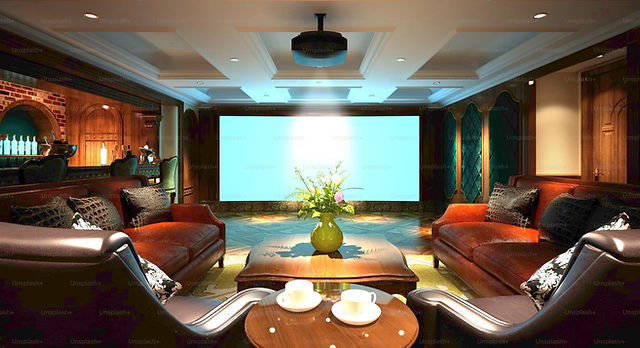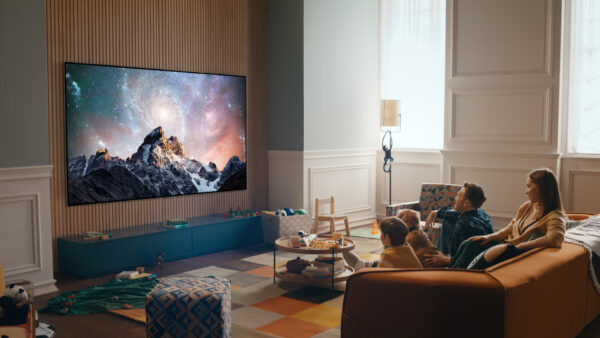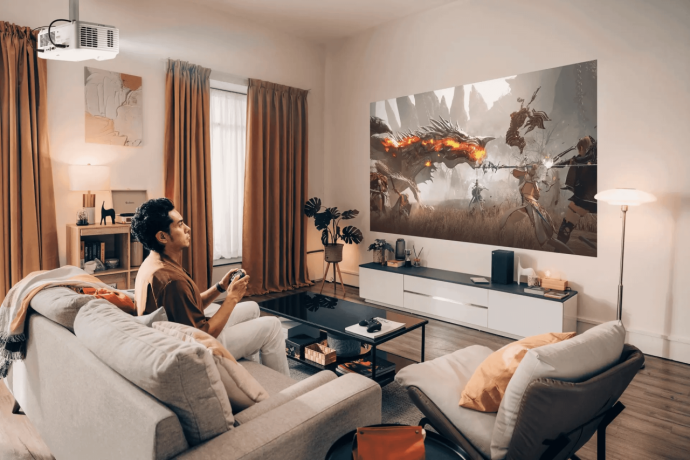
Creating the perfect home theater experience isn’t just about having a large screen and some speakers; it’s about crafting an immersive journey that transports you into the heart of your favorite movies, games, or shows. From choosing the right components to setting up your system for maximum impact, here’s a comprehensive guide to creating an unparalleled home entertainment experience.
1. Start with the Basics: Components of a Home Entertainment System
a. Display: The Visual Epicenter
The centerpiece of any home theater is the display. Consider factors like screen size, resolution (4K, 8K), display technologies (OLED, QLED), and the room’s layout to choose the best-fit TV or projector.
b. Audio: Surround Yourself with Sound
Audio quality is pivotal for immersion. Invest in a sound system – be it a soundbar, surround sound speakers, or a complete home theater audio setup. Explore formats like Dolby Atmos or DTS:X for multidimensional sound.
c. Source Devices: Accessing Content
Select devices for content streaming and playback, such as Blu-ray players, media streaming devices (like Apple TV, Roku), or gaming consoles. These serve as gateways to accessing your favorite content.
d. Connectivity and Control: Streamlining Operations
Ensure seamless connectivity between devices. Consider smart home integration for unified control, enabling voice commands or smartphone apps to manage your system effortlessly.
2. Setting Up Your Home Theater
a. Room Acoustics: Optimize Sound Quality
Adjust the room’s acoustics by considering furniture placement, sound-absorbing materials, and minimizing sound reflections to enhance audio quality.
b. Display Placement: Finding the Perfect Angle
Position your TV or projector for optimal viewing angles and consider factors like screen height, distance from seating, and avoiding glare for an immersive visual experience.
c. Speaker Placement: Surround Sound Configuration
Strategically place speakers according to the room layout, aiming for balanced sound distribution and adhering to specifications for surround sound systems.
d. Calibration and Testing: Fine-tuning Your System
Calibrate your audio and video settings, perform sound tests, and adjust configurations to ensure everything works harmoniously, delivering the desired experience.
3. Elevating the Experience: Additional Considerations
a. Ambient Lighting: Setting the Mood
Control ambient lighting to complement the viewing experience. Dim lights or install smart lighting systems that adapt to different content types.
b. Seating and Comfort: Creating a Theater Vibe
Invest in comfortable seating arrangements, such as recliners or cozy sofas, to replicate the theater experience within your home.
c. Content and Streaming Services: Expanding Choices
Explore various streaming platforms and content sources to cater to diverse preferences, ensuring a wide array of entertainment options.
Conclusion: The Ultimate Entertainment Haven
Crafting an immersive home theater experience involves a blend of technology, spatial considerations, and personal preferences. As you embark on this journey, remember that the goal isn’t just about assembling devices; it’s about creating a sanctuary where entertainment transcends boundaries, enveloping you in captivating worlds and unforgettable experiences.






